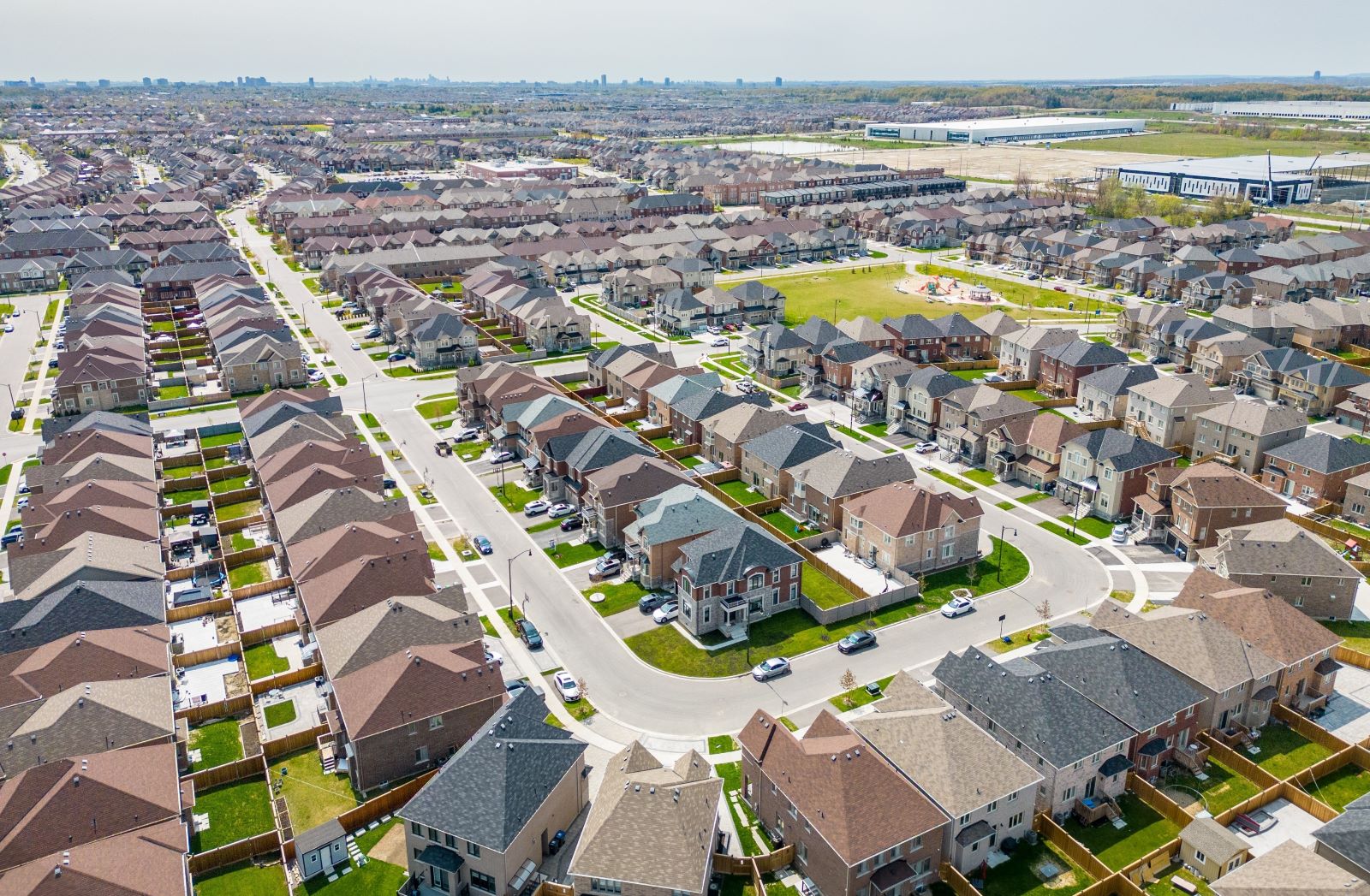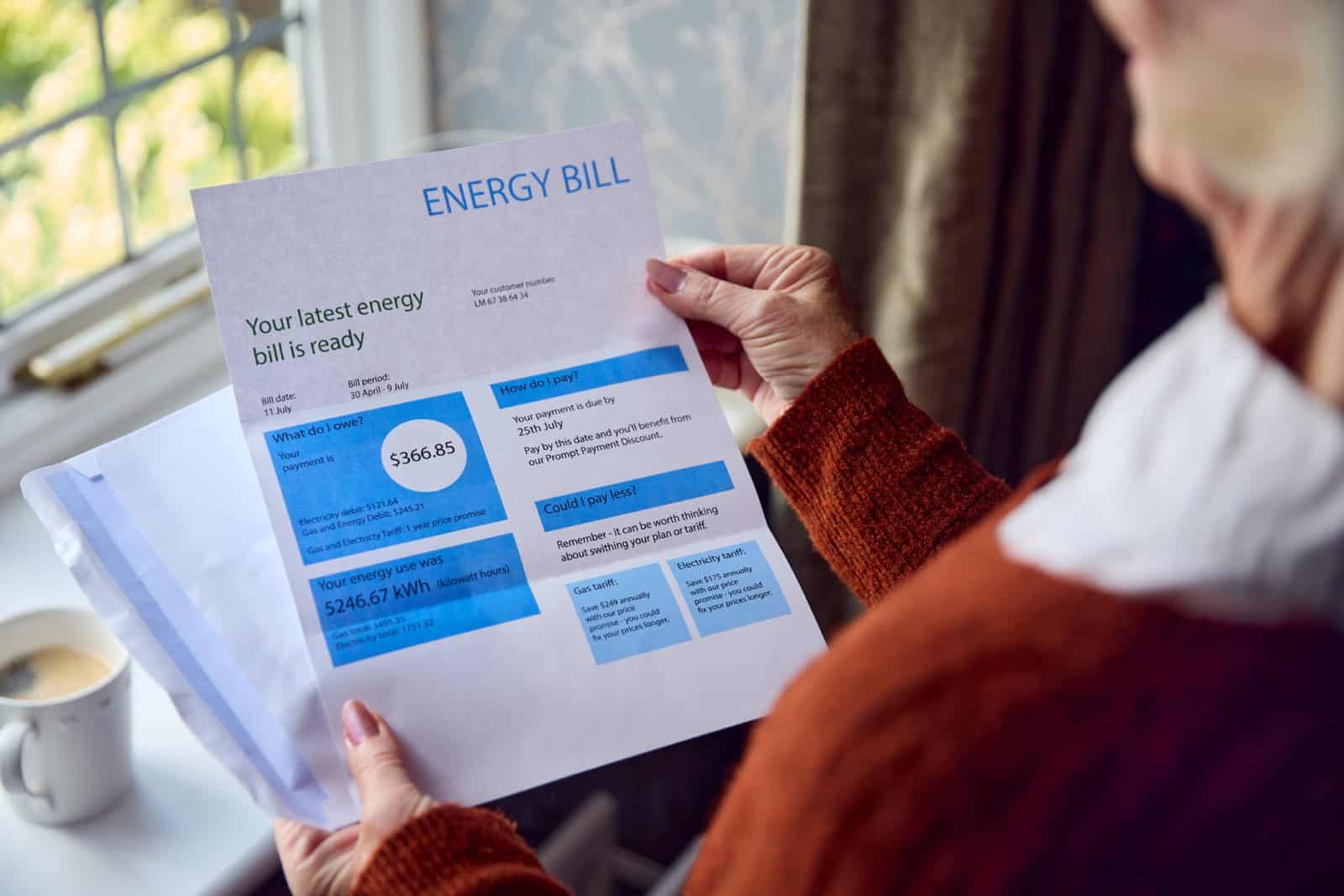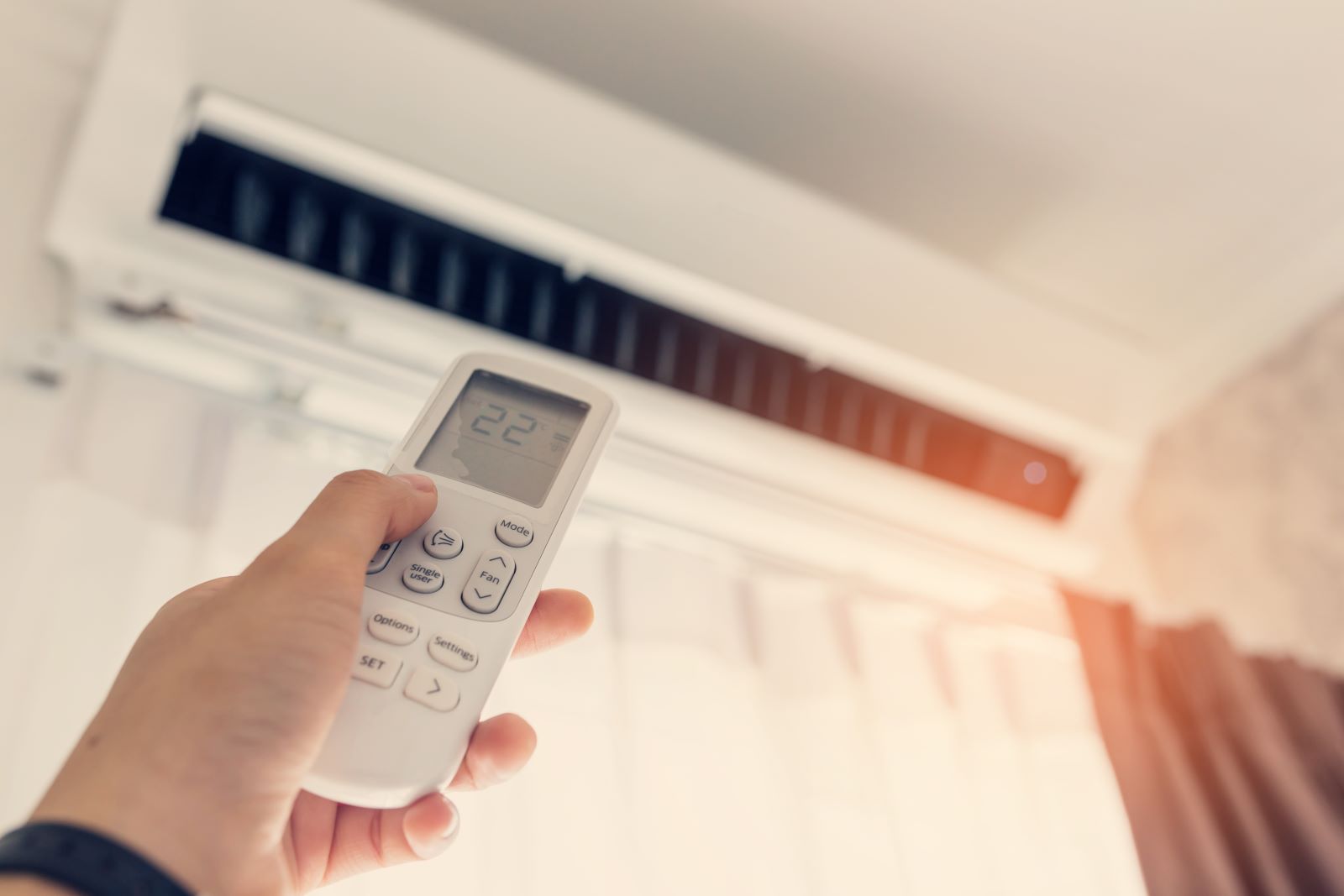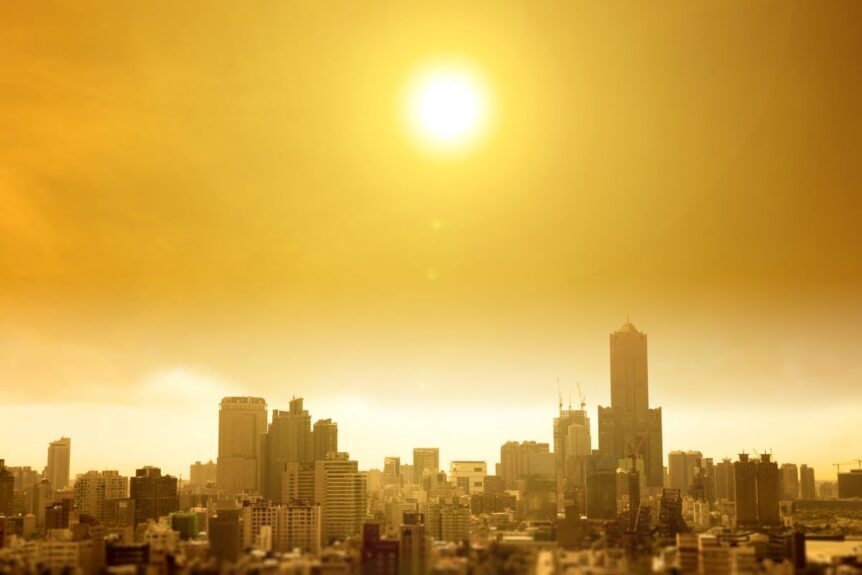Due to various factors, some states might see a 50% rise in electricity bills next year – and not many can afford that.
Too Hot to Handle

Image Credit: Shutterstock / EugeneEdge
In what has been a record year for rising temperatures, millions of Americans continue to battle scorching heatwaves.
But for many who are struggling to access or afford proper cooling methods, like air conditioning, the struggle is turning into a fight for survival.
Costs Going Up

Image Credit: Shutterstock / fizkes
And then there are the increases.
According to a USA Today investigation of US Energy Information Administration forecasts, a 17% surge in electricity bills (compared to 2021) is expected, with the average bill for June – August reaching about $173.
2025 = An Expensive Year?

Image Credit: Shutterstock / LightField Studios
That means that higher electricity prices could hit over 65 million Americans next year.
The reasons? A decrease in energy supply and a growth in demand on the largest electric grid in the United States, among other factors, as more and more people are relying on A/C.
Too Many Users

Image Credit: Shutterstock / Content zilla
This escalation happens as the network moves to control an excess of capacity just as Virginia increases its power demand to support its data centers and AI.
Shutting down coal- and natural gas plants will also eliminate about 4 gigawatts of generating capacity from the grid, which is sufficient to power approximately 3.2 million homes.
Blame Climate Change… Again

Image Credit: Shutterstock / Marc Bruxelle
Speaking to USA Today, climate scientists say human-caused climate change is still the major reason for rising temperatures.
And if it keeps getting hotter (as it has for the past year), those bills could skyrocket.
High Heat = High Costs

Image Credit: Shutterstock / Monkey Business Images
As the Energy Information Administration stated in an analysis paper: “If temperatures end up much hotter than expected, households are likely to face higher electricity bills, especially in the southern states.”
What’s Pushing the Prices?

Image Credit: Shutterstock / Aleksandar Malivuk
Natural gas prices spiked considerably during the COVID-19 pandemic, which is why energy prices are so much higher than before 2022.
And don’t forget about the Russia-Ukraine war which further increased the pricing situation as shipments to Europe shot up to meet the demands that were previously met by Russian gas.
Guess Who’s Paying?

Image Credit: Shutterstock / Deemerwha studio
As electricity demand rises, renewable energy becomes more widespread, and wildfires and storms also increase, utilities are making investments to enhance the electric grid.
And the costs? Those are simply passed along to customers.
Evil Inflation

Image Credit: Shutterstock / stockwerk-fotodesign
Although the rise of energy prices mostly stayed below the inflation rate for the last decade, the growing demand for natural gas, which began in early 2022, led to electricity costs shooting up, increasing by 10% in 2022 and 6% in 2023.
Worsening Weather

Image Credit: Shutterstock / My Photo Buddy
Experts also say that the power grid and electricity lines had to be upgraded to endure extreme weather events – including wildfires and hurricanes.
This is also a major reason why the rising costs eventually end up in customers’ electricity bills.
They Won’t Come Down

Image Credit: Shutterstock/ Artie Medvedev
Although 2024 saw natural gas prices recovering, electricity costs are still higher than they were before 2022.
And as the Energy Information Administration suggests, a return to previous electricity prices is quite unlikely, given that average annual electricity prices rarely decrease, especially in the face of growing transmission- and distribution costs within the sector.
State-Specific Stresses

Image Credit: Pexels / Kampus Production
As per an analysis by USA Today who applied the predicted regional increases to past state retail power data, compared to 2021 only five states in the entire US will likely not experience an increase in their summer bills.
Expect to Pay More

Image Credit: Pexels / Tima Miroshnichenko
A cost surge exceeding 10% could be seen in as many as 30 states, with the highest increases predicted to hit Florida, Maine, New Hampshire, and Texas.
It’s especially Maine that might see bills shooting up by 50%, thanks to the state’s power lines and grid being upgraded for future storms.
Possible Lower Rates

Image Credit: Shutterstock / baranq
Some of the states where slight decreases might happen include the Dakotas, Michigan, Utah, and Wyoming.
As per Tyler Hodge, a senior industry economist at the Energy Information Administration: “Since our forecasts represent an average for all the states in that region, some states might have higher relative growth, and some might have lower relative growth.”
Many Unable to Pay

Image Credit: Shutterstock / Pormezz
This means that a shocking number of US citizens might lose access to utility services due to too-high bills – which wouldn’t be uncommon.
In 2022, energy utility providers cancelled at least 3 million homes’ electricity due to missed payments.
Bad Timing

Image Credit: Shutterstock / fizkes
More than one-third of these shut-offs occurred during the three summer months, in a year that was one of the hottest ever recorded.
While some customers lost power for only a few hours, others were struggling to scrape enough money together to regain electricity that was switched off for days or even weeks – just to be disconnected again.
Some Are Hit Harder

Image Credit: Shutterstock / Monkey Business Images
It’s especially low-income Americans, people of color, families with youngsters, those dependent on electronic medical devices, and residents of substandard housing conditions that experience power cancellations like this.
Studies have also shown that, during COVID-19’s first 12 months, Black- and Hispanic families were respectively three and four times more likely to have no electricity than white households.
How Do They Cope?

Image Credit: Shutterstock / Butsaya
The same studies also illustrated that more than 50% of low-income families rely on some form of coping strategy to reduce expenses.
This includes leaving the A/C off during summer when temperatures can reach potentially dangerous levels.
Tough Choices

Image Credit: Shutterstock / fizkes
Some might choose between paying their electricity bills and buying food or medicine.
And others rely on payday loans that fill the gap temporarily, yet in the end drive them further into debt.
A Lightbulb Idea?

Image Credit: Pexels / Anete Lusina
Severin Borenstein, an economic analysis and policy professor at the University of California, Berkeley’s Haas School of Business, has an idea to stabilize the rates: using state funds for grid improvements instead of transferring the costs to consumers, especially considering the heavier burden low-income families face because of these hikes.
Only Getting Worse

Image Credit: Shutterstock / pingpongcha_photo
As Borenstein says: “We’re going to see more of these natural disasters and more investments to reduce the cost of these disasters, and transmission and distribution costs are only expected to go up.”
Not Pessimistic, But…

Image Credit: Shutterstock / Stock-Asso
Ultimately, can the United States wait until more fatal heat waves hit the country before acting to save its households?
Time will soon tell.
Oil Dumping Scandal Rocks Ships Heading to New Orleans

Image Credit: Shutterstock / Aerial-motion
Two shipping companies have been fined after knowingly hiding a large oil spill in the Atlantic Ocean. Oil Dumping Scandal Rocks Ships Heading to New Orleans
20 Eye-Opening Realities Facing Retiring Baby Boomers

Image Credit: Shutterstock / Jack Frog
As Baby Boomers approach retirement, the promise of leisure and security often seems unattainable. This generation faces unique challenges that could redefine retirement. Here’s a stark look at the realities shaping their outlook. 20 Eye-Opening Realities Facing Retiring Baby Boomers
Retail Apocalypse: Massive Closures Sweep Across U.S. Brands

Image Credit: Shutterstock / Tada Images
Stores across the U.S. are closing at unprecedented levels, according to new research from advisory firm Coresight Research. Read on for more information about the impact this could have on you and your communities. Retail Apocalypse: Massive Closures Sweep Across U.S. Brands
Featured Image Credit: Shutterstock / Tom Wang.


